Kitchen Backsplash Designs: What Style To Choose?
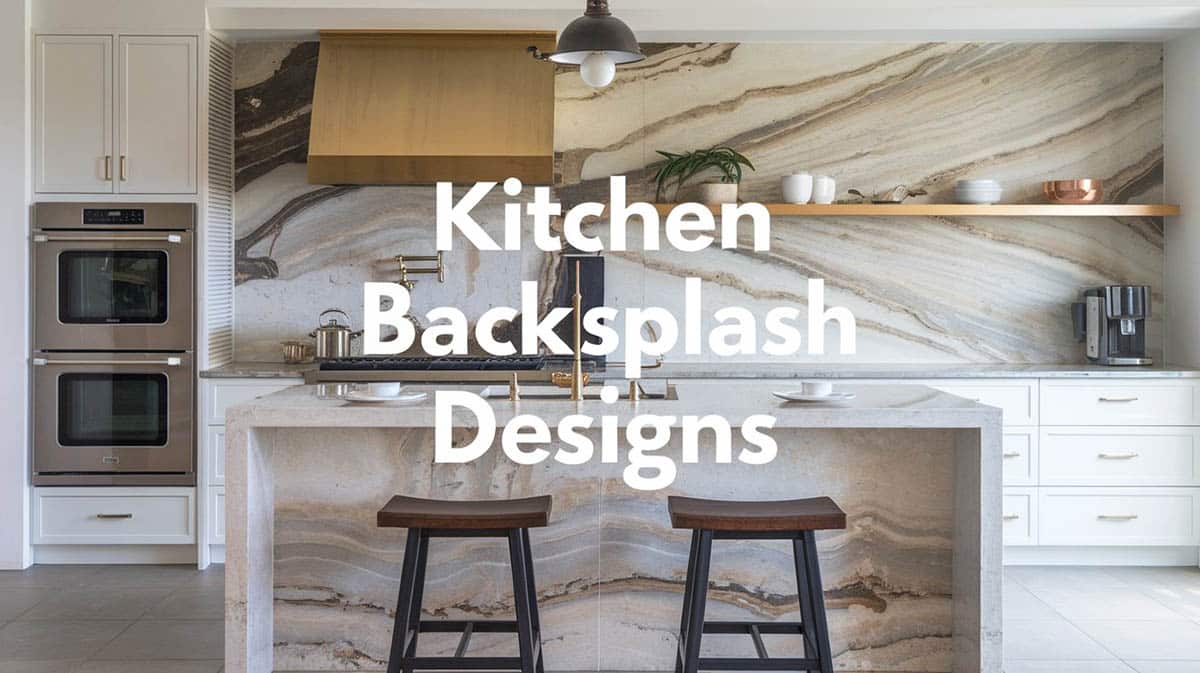
Many types of backsplash designs can help you achieve the exact style you desire in your cooking space. A backsplash is simply the panel at the back of the stove or sink. It serves to protect the wall from splashes and look aesthetically pleasing. The backsplash not only protects the wall but also promotes the style of the room and gives beauty to the kitchen’s atmosphere. The design shown above features a gray ceramic subway tile backsplash. Ceramic subway tile is a great choice for a contemporary look and is currently popular for remodeling projects.
Kitchen Backsplash Design Ideas
Designer’s perspective: Think of the backsplash as the kitchen’s “feature wall.” Because it sits at eye level, even subtle material or pattern changes become focal points that set the tone for the entire room. Designers often pull accent colors from cabinet hardware, island paint, or adjacent décor and repeat them in the backsplash grout or trim to create a cohesive, magazine‑ready palette.
There are many different styles of backsplashes to choose from:
Mosaic – it has the resemblance of a tiled backsplash; however, it is made out of smaller pieces of ceramic, glass, or stone tile. This can be featured in a specific image or scene looking like a puzzle. Geometric patterns that have no particular image can also be used for design. Glass mosaics bounce natural and task lighting around the room, visually enlarging compact kitchens. To avoid a “busy” look, professionals typically limit the color mix to two or three related hues and pair glossy glass with matte countertop finishes for balanced texture.
Mural – is usually created using tiles that reflect a picture or image. It can be similar to the mosaic backsplash, but the mural makes use of the bigger tiles. This backsplash can be presented in various ways, like hand‑paintings and photo image reproduction, which are being applied to the tiles.
Panels or sheets – these compose a lot of backsplashes, including plastic laminate or metal and the use of the panels. It is featured in a solid‑surface wall panel having a wainscot design, a thermoplastic panel resembling the embossed‑tin appearance, and a glass panel that can be frosted, back‑lit, or textured.
Removable or temporary – it can be easily removed and installed, making it ideal for temporary designs.
Tile – is regarded as the mainstay of decoration with various styles, including ceramic, porcelain, glass, metal, stone, and engineered stone.
Designer’s perspective: When longevity is a priority, opt for through‑body porcelain or natural stone that can be refinished if it chips. In rentals or first‑phase remodels, peel‑and‑stick vinyl or removable wallpaper panels give the punch of real tile without the commitment. A high‑quality acrylic caulk at the countertop seam keeps water from infiltrating behind temporary materials.
Backsplash Designs and Patterns Ideal for the Kitchen
The design, tile patterns, and layouts you select for your backsplash will have a distinct effect on the feel of your cooking area. Whether you want a more modern or contemporary design or rather a traditional feel, there’s a different style to help you achieve that look.
Laser‑cut – tiles are cut using lasers for the production of amazing designs that are gathered to form like a puzzle.
Mirror – tiny mirrored tiles combined to form one design ideal in a buffet area or serving station.
Diagonal – another way of presenting the layout with wonderful design.
Large‑pattern – it makes use of big and bold patterns.
Subway – features a classic design for a fresher and more modern look.
Herringbone – this pattern of arranged rectangles provides a lot of texture to the space.
Specialty‑shaped – presented in various shapes and colors for uniqueness.
Slab – custom designed as one continuous piece of material to provide a luxurious appearance.
Custom mosaic – used for customized design.
Designer’s perspective: Pattern direction can manipulate visual height and width. Running subway tiles vertically elongates low ceilings, while a horizontal herringbone makes a galley kitchen feel wider. For slab backsplashes, extend the material from countertop to ceiling behind an open shelf for a striking waterfall‑wall effect that rivals high‑end showrooms.
To help visualize how it will look, there is a variety of kitchen design software to help you try out different tile and slab backsplash designs. Matching different backsplash with countertops, cabinetry and paint colors can give you a better idea of the overall feel of the space before you go forward with a project or hire a designer.
Before buying any materials to install you will want to carefully measure the wall to determine the amount of materials you’ll need.Once you know how much is needed you can determine the cost of materials to see if the projects fits in your budget.
Beyond the Tile: Pro Tips for a Flawless Finish
Grout matters – A tone‑on‑tone grout (tile and grout in nearly the same shade) delivers a seamless, contemporary look, whereas a contrasting grout outlines each tile, showcasing pattern and giving a traditional or industrial edge.
Integrate accent bands – Designers sometimes insert a single row of accent tile—metallic, handmade zellige, or patterned encaustic—to break up long runs of plain field tile and tie in cabinet or appliance finishes.
Plan for outlets early – Receptacles placed haphazardly can visually disrupt an expensive backsplash. Consider under‑cabinet plug‑mold or matching outlet covers for a streamlined appearance.
Play with sheen – Mixing glossy and matte tiles in the same color family adds depth without overwhelming small kitchens. A reflective finish behind the range doubles the drama of statement pendant lighting.
Think maintenance – High‑profile cooking households benefit from stain‑resistant epoxy grout and easy‑clean surfaces such as large‑format porcelain slabs or sealed quartz, which minimize grout lines altogether.
Budgeting and Visualization Tools
To help visualize how it will look, there is a variety of kitchen design software to help you try out different tile and backsplash designs. Matching different backsplashes with countertops, cabinetry, and paint colors can give you a better idea of the overall feel of the space before you go forward with a project or hire a designer.
Designer’s perspective: Many pros rely on augmented‑reality apps that project the chosen tile onto a live snapshot of your kitchen, allowing you to tweak grout width, tile orientation, and accent bands in real time. Save screenshots and mood‑board them with countertop samples to ensure undertones coordinate under both daylight and artificial light.
Before buying any materials to install, you will want to carefully measure the wall to determine the materials you’ll need. Once you know how much is needed you can determine the cost of materials to see if the project fits in your budget.
Designer’s perspective: Include a 10 % overage for standard tiles and 15 % for intricate patterns like chevron or herringbone, where additional cuts increase waste. If you’re choosing stone or veined slabs, purchase from the same lot to avoid noticeable color shifts. Finally, schedule tile delivery at least a week early so it acclimates to indoor temperature and humidity, reducing the risk of expansion‑related cracks down the road.

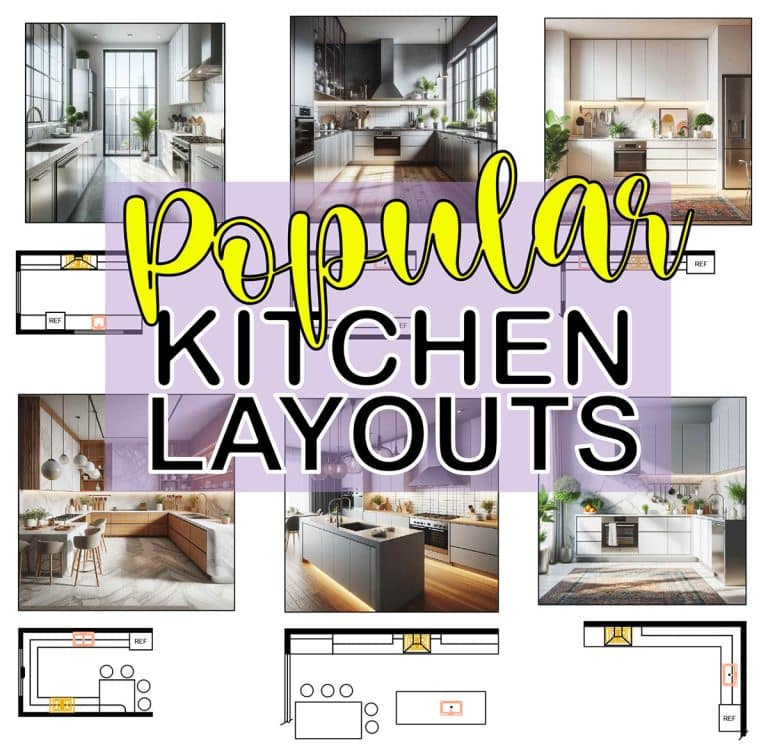
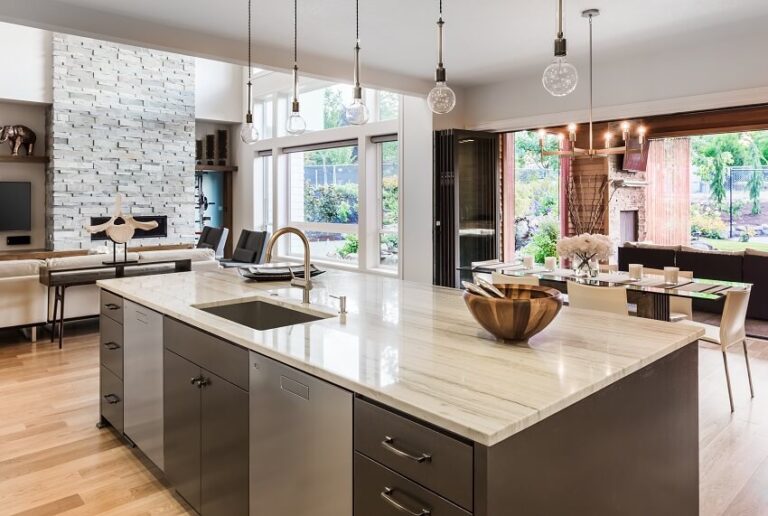
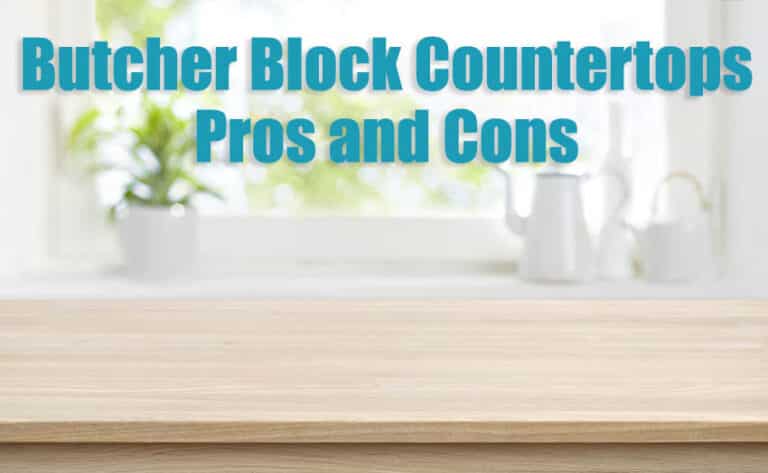
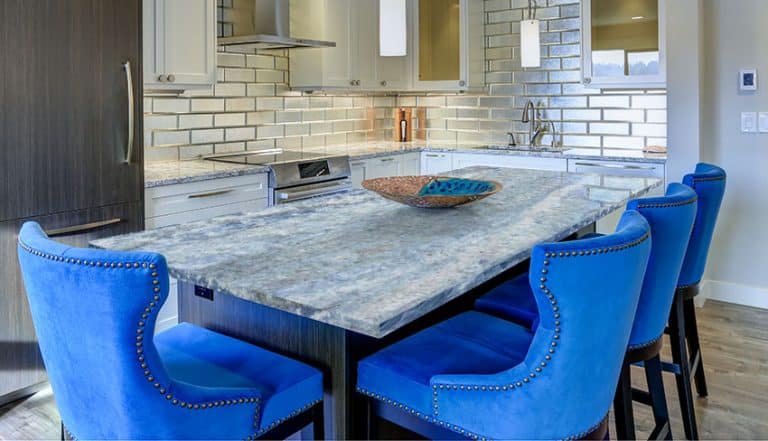
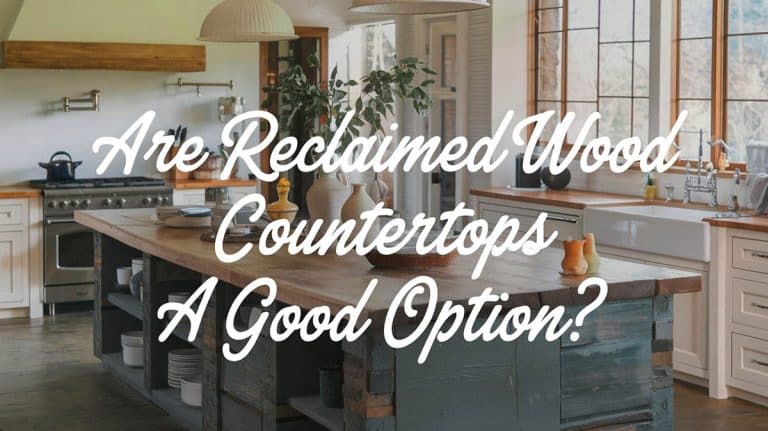
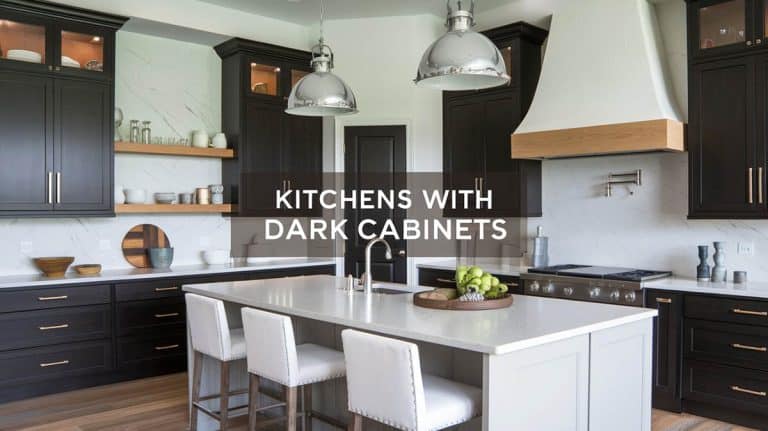
The Mediterranean backsplash shown in you display: can it be mounted or hung over existing granite tiles.
That appears to be an inlay done as the tiles were installed.